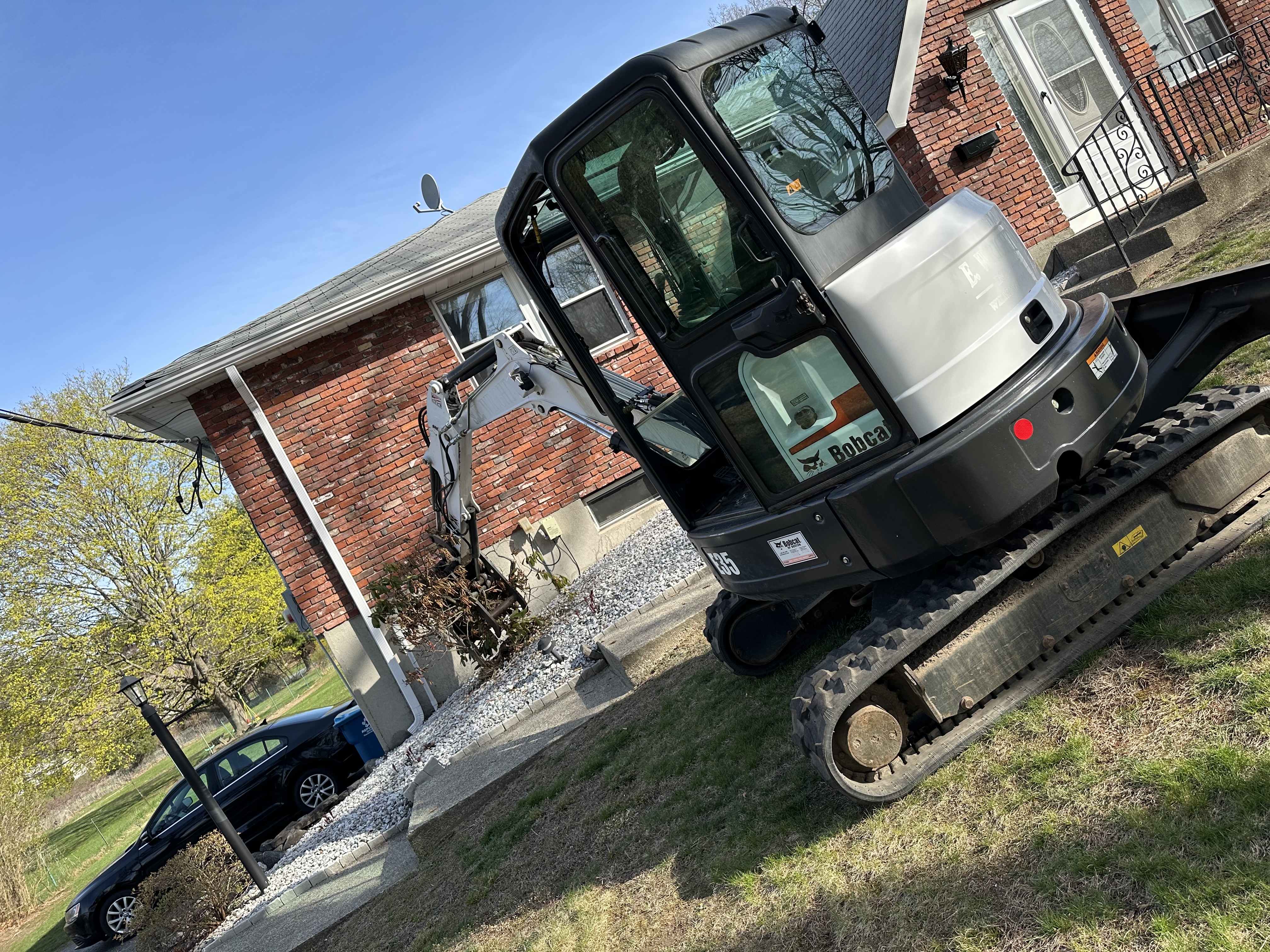
Eco-Friendly Landscaping Tips for a Sustainable Backyard Oct 11, 2025
Start by assessing what you already have. Before introducing new elements, evaluate your existing landscape to identify areas for improvement. Consider implementing practices that use natural resources efficiently and incorporate native plants that thrive in your region's climate. Native plants require less water, pest control, and maintenance, making them inherently sustainable—and a perfect choice for eco-friendly landscaping.
Water conservation is crucial. Traditional landscapes often need significant watering, straining natural water resources. Consider installing a rainwater harvesting system to collect rain runoff from your roof, which can be reused for irrigation. Drip irrigation systems are also a sustainable option, delivering water directly to the plant roots, reducing wastage.
Integrating trees into your landscape offers more than just visual appeal. Strategically placed trees can provide shade, reducing the amount of energy needed to cool your home during warmer months. Trees also improve air quality and support local wildlife, contributing to a thriving ecosystem right in your backyard.
Another sustainable practice is composting, which reduces waste and enriches your soil. By composting kitchen and yard waste, you can create nutrient-rich soil that will improve the health of your plants without the need for chemical fertilizers. This practice not only aids plant growth but also reduces landfill waste, reflecting a commitment to eco-friendly living.
Incorporate hardscaping elements thoughtfully. Paths, patios, and retaining walls constructed from recycled or locally sourced materials minimize environmental impact. Permeable pavers are a great choice as they allow water to seep into the ground, reducing runoff and promoting groundwater recharge. Plus, these structures can define spaces and create inviting outdoor living areas.
When it comes to lawn care, consider reducing your lawn's size or replacing high-maintenance grass with ground covers or artificial turf. These alternatives require little to no watering and decrease the need for mowing, conserving energy and reducing greenhouse gas emissions.
Finally, focus on biodiversity. Introduce a variety of plants that attract beneficial insects and pollinators, such as bees and butterflies, to maintain a balanced ecosystem. This approach not only enhances the visual interest of your garden but also supports the local environment by providing essential resources for pollinators.
Creating a sustainable backyard is an ongoing journey, and small changes can make a significant impact over time. By following these eco-friendly landscaping tips, you can enjoy a beautiful, sustainable outdoor space that aligns with your environmental values. At Pote Landscaping, we’re committed to helping you achieve a sustainable garden that reflects your unique style while making a positive difference in the world.
For more personalized advice or services tailored to your specific needs, feel free to reach out to Pote Landscaping. Together, we can create a landscape that's not only aesthetically pleasing but also environmentally responsible.
/filters:no_upscale()/filters:format(webp)/media/15b12a7b-66a4-45e2-9118-4d79be68a73b.jpeg)
/filters:no_upscale()/filters:format(webp)/media/c9f3009d-fe0b-4512-88b1-531594629dbd.jpeg)